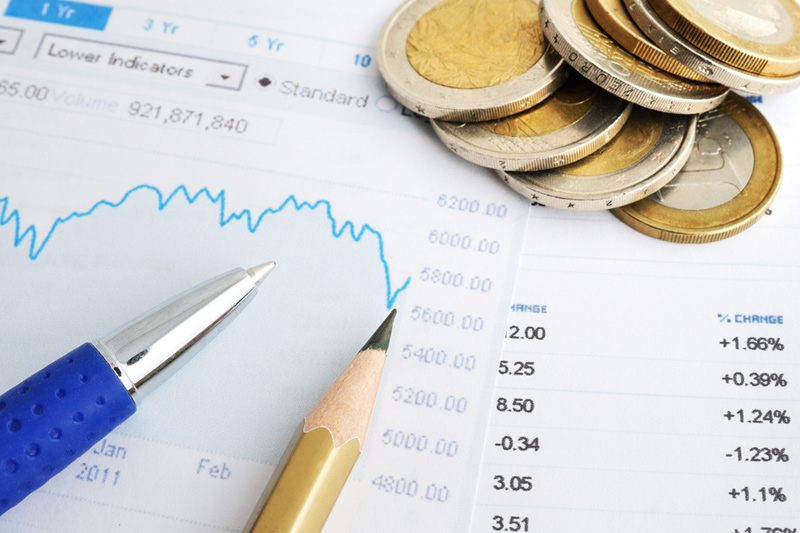US LNG exports surge but will buyers in China turn up?
Investing.com -- President Donald Trump is employing a strategy to bypass the Federal Reserve, using stablecoins and cheap oil as key instruments to exert economic control. This tactic is being overlooked by analysts who are primarily focused on his widely publicized tariffs and trade wars, according to Nigel Green, CEO of deVere Group, a major independent financial advisory firm.
Green points out that Trump is utilizing two significant levers. Firstly, he is promoting the use of stablecoins and tokenized Treasuries, which are designed to maintain the dominance of the dollar, keep interest rates low, and increase investor interest in US debt. Secondly, he is working to lower oil prices through increased domestic production, diplomatic pressure, and market manipulation to keep inflation low and growth strong.
The President now perceives stablecoins as tools to strengthen US financial power. These digital assets create new demand for the dollar and make US Treasuries more appealing worldwide. Unlike traditional stablecoins, which merely hold value, yield-bearing stablecoins generate returns, typically from tokenized Treasury bills.
Green explains that this approach supports Trump’s agenda in three significant ways. When people purchase yield-bearing stablecoins, they indirectly buy US debt, which increases global demand for Treasuries at a time when the US deficit is growing and foreign central banks are reducing their holdings. Furthermore, these stablecoins decrease the need for higher interest rates, which Trump has always been uncomfortable with. Lastly, they solidify the dollar’s position as the digital reserve currency.
Oil is another central element of Trump’s economic strategy. Viewing oil not just as a commodity but as a tool of economic dominance, Trump believes that cheap oil fuels everything. It contributes to keeping inflation down, consumer spending up, and business costs low. Lower oil prices also mean lower costs for logistics, agricultural production, air travel, shipping, and industrial activity.
Green concludes that these two policies, although seemingly different, serve the same purpose for Trump: achieving economic control without reliance on the central bank. The President is creating alternative channels of macroeconomic management, effectively waging a quiet and consistent war against the Federal Reserve.
This article was generated with the support of AI and reviewed by an editor. For more information see our T&C.
